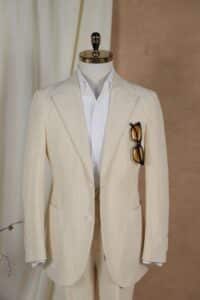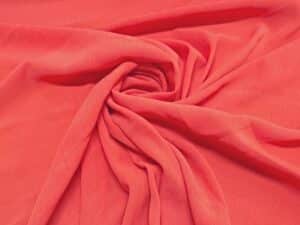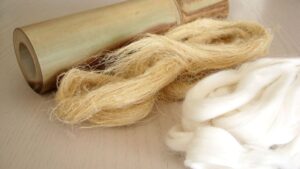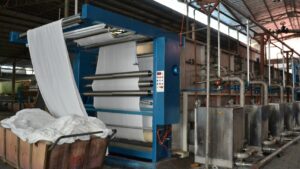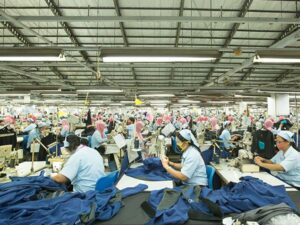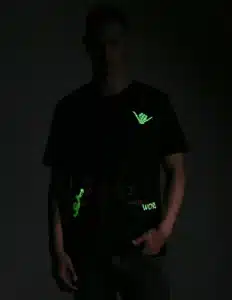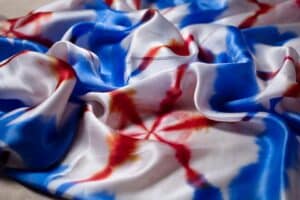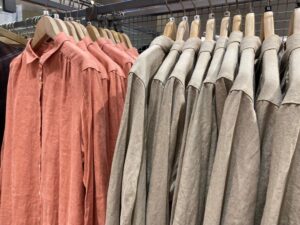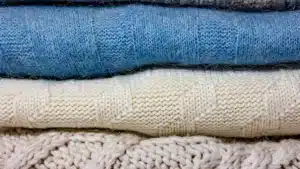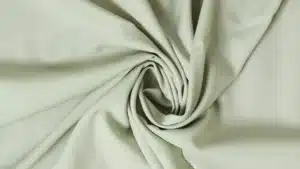Synthetic fill is a popular insulation option for outdoor clothing, offering warmth, affordability, and excellent performance in damp conditions. But is it the right choice for your needs?
Synthetic fill is made from engineered fibers that mimic down insulation, providing reliable warmth even in wet environments. It’s a practical solution for active and budget-conscious outdoor enthusiasts.
Let’s explore how synthetic fill compares to down, its composition, and its expected lifespan.
What is better, down or synthetic insulation?
Deciding between down and synthetic insulation depends on factors like weather conditions, activity level, and personal preferences. Both have distinct advantages.
Down is unmatched in warmth-to-weight ratio and compressibility, while synthetic insulation excels in wet conditions, affordability, and ease of care.


Comparing Down and Synthetic Insulation
| Aspect | Down Insulation | Synthetic Insulation |
|---|---|---|
| Warmth | Superior, especially in cold and dry conditions. | Slightly less warm but adequate for most uses. |
| Water Resistance | Loses warmth when wet. | Retains insulation in damp or wet conditions. |
| Durability | Long-lasting with proper care. | Shorter lifespan; prone to fiber compression. |
| Compressibility | Highly packable; excellent for ultralight packing. | Less compressible but still manageable. |
| Maintenance | Requires delicate care and cleaning. | Easy to wash and maintain. |
| Cost | Expensive, especially for higher-quality down. | More affordable and widely available. |
When to Choose Down
- For cold, dry weather and extended trips.
- When weight and packability are priorities.
- If durability over decades is essential.
When to Choose Synthetic
- For wet or unpredictable weather.
- When cost and ease of care are more important.
- For high-output activities where moisture is inevitable.
What is synthetic insulation made of?
Synthetic insulation is composed of man-made fibers, typically polyester, engineered to trap heat effectively while being lightweight and durable.
Synthetic insulation consists of fine polyester fibers arranged to mimic the loft and warmth of down. These fibers are often coated or treated to enhance water resistance and durability.
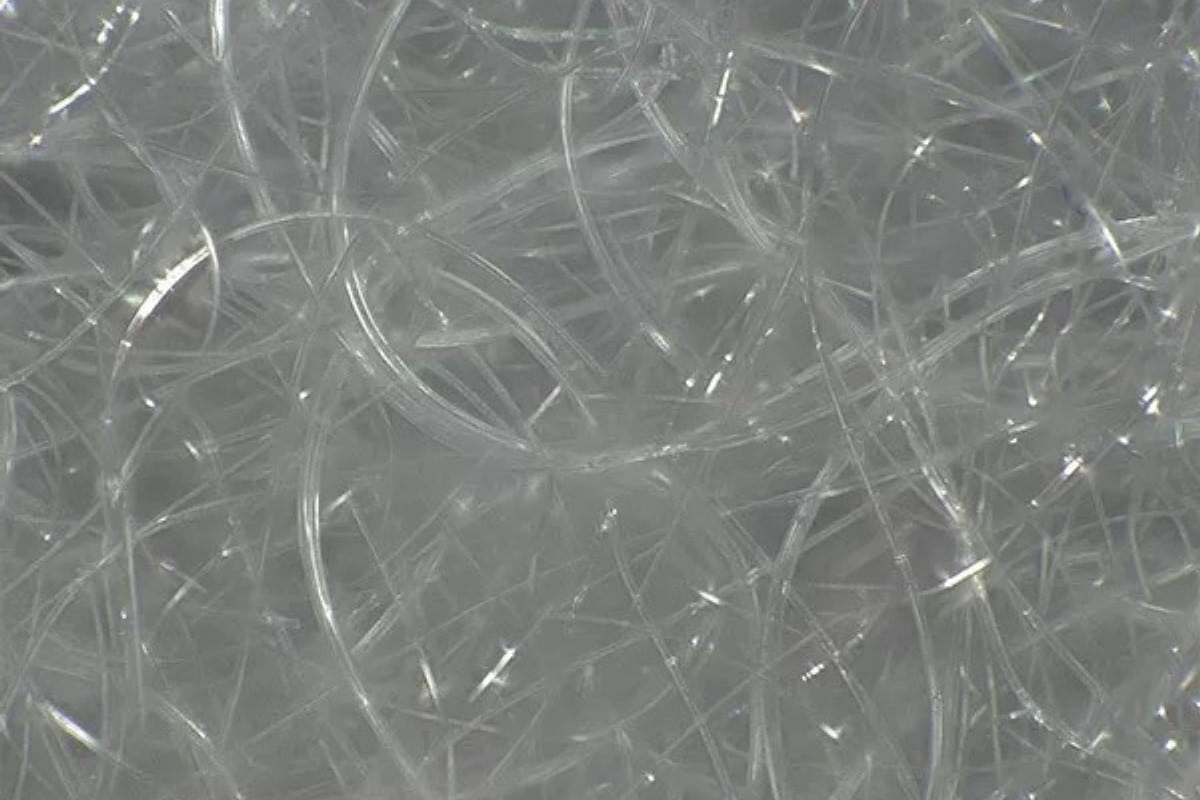
Types of Synthetic Insulation
-
- Fine, clustered fibers that imitate down’s loft.
- Provides softness and compressibility but may lose loft over time.
-
- Long, unbroken fibers that offer durability and consistent performance.
- Typically used in rugged and high-performance gear.
Popular Synthetic Insulation Technologies
| Brand | Key Features |
|---|---|
| PrimaLoft® | Lightweight, water-resistant, and highly compressible. |
| Thinsulate™ | Thin fibers offering warmth without bulk. |
| Coreloft™ | Quick-drying and designed for active use. |
| Polartec® Alpha® | Combines warmth with exceptional breathability. |
Advantages of Synthetic Insulation
- Retains warmth in wet conditions.
- Quick-drying and easy to clean.
- Gentle on sensitive skin and more budget-friendly.
What is the life expectancy of synthetic insulation?
Synthetic insulation offers good performance for several years, but its lifespan depends on factors like quality, usage, and maintenance.
On average, synthetic insulation lasts 5–10 years with regular use, though high-quality products and proper care can extend this range.
Factors Influencing Longevity
- Usage Frequency: Frequent use compresses fibers, reducing insulation efficiency over time.
- Care Practices: Gentle washing and proper storage can prolong the life of synthetic fill.
Tips for Extending the Life of Synthetic Insulation
- Wash Gently: Use a mild detergent and follow care instructions to maintain fiber structure.
- Dry Properly: Air dry or use a low-heat dryer setting to avoid damaging fibers.
- Store Loosely: Avoid long-term compression by hanging or loosely folding the garment.
| Comparison | Synthetic Insulation | Down Insulation |
|---|---|---|
| Lifespan | 5–10 years | 10–20+ years |
| Maintenance Ease | Easy to clean | Requires special care. |
| Performance Over Time | Gradual loss of loft. | Retains loft longer. |
Conclusion
Synthetic fill is a practical, reliable choice for outdoor clothing, especially in wet or unpredictable conditions. While it may not match down’s warmth-to-weight ratio or longevity, its affordability, ease of care, and consistent performance make it an excellent option for a variety of outdoor activities.
-
Short-staple fibers are relatively short natural or synthetic fibers, typically less than 2 inches in length. Commonly used in textiles, they are spun into yarns for fabrics like cotton, polyester blends, and wool. These fibers are versatile and widely used in everyday clothing and industrial applications. ↩
-
Continuous filaments are long, unbroken strands of synthetic fibers, such as polyester or nylon, produced in a single, continuous length. Unlike short-staple fibers, they don’t require spinning and are used to create smooth, strong, and durable fabrics for applications like sportswear, hosiery, and industrial textiles. ↩

